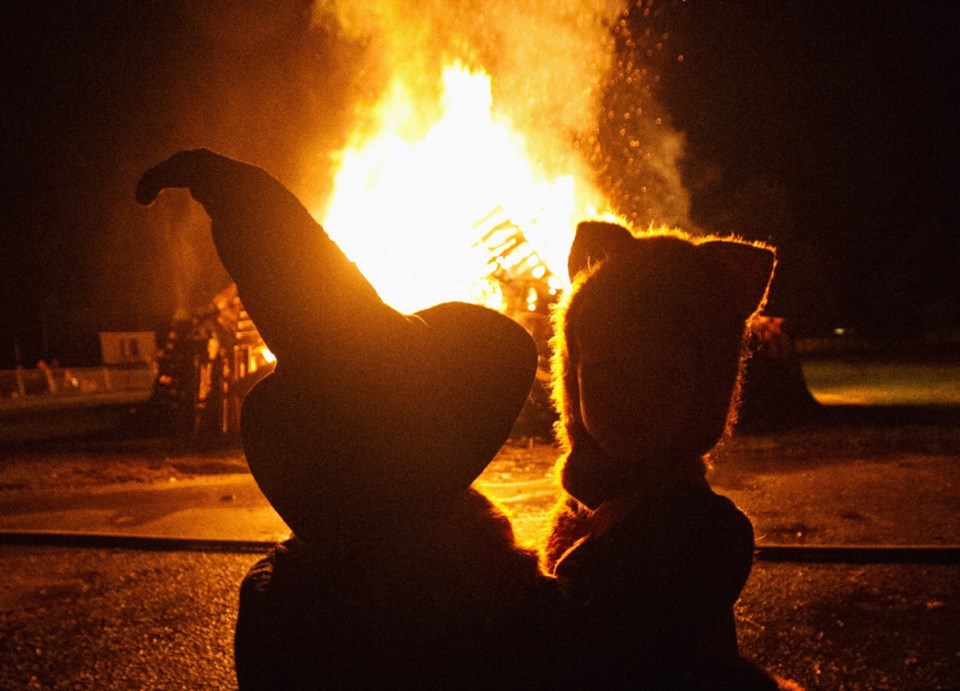Parents have long worried about the risks of sending their children out trick-or-treating on Halloween.
It’s bad enough that the kids are often wearing black costumes on dark streets and that masks or ill-fitting costumes can obscure their vision.
But there’s also a chance they’ll cross paths with drivers on their way home from Halloween parties after consuming more than just candy.
Now, a new study confirms that parents have good reason to be concerned.
Researchers at the University of B.C. have found that children are at far greater risk of being hit and killed by a motor vehicle on Halloween than on other days of the year.
The study, published Tuesday in JAMA Pediatrics, concluded that the risk of pedestrian death is 43 per cent higher on Halloween when compared to control days a week before and a week after the celebration.
The risk increased tenfold for children from four to eight years of age.
Dr. John Staples, a clinical assistant professor in the UBC faculty of medicine and lead author of the report, said it would be wrong to abolish trick-or-treating in a misguided effort to wipe out the risks.
“Look, pedestrian fatalities are tragic, they’re preventable and we need to do more,” he said.
“But they’re also rare, so I don’t think this is a reason for kids to stay home on Halloween.”
Rather, he said the study highlights the need to make our roads and neighborhoods safer for pedestrians on Halloween and every other day of the year. “It’s something that we can change and modify and do a lot better on.”
Staples and his fellow researchers collected 42 years of data on all fatal traffic crashes in the United States from 1975 to 2016.
They then compared the number of pedestrian fatalities on Halloween to the number on control dates — Oct. 24 and Nov. 7.
The study showed that there were an average of 14 pedestrian fatalities across the U.S. on Halloween compared to about 10 fatalities on the other days.
The researchers used U.S. data because it was more readily available and more complete than Canadian statistics, but they believe the findings also apply on this side of the border.
Staples said parents can take immediate steps to improve their child’s safety on Halloween by attaching reflective patches to their clothing and equipping them with a glow stick or flashlight so they’re visible to drivers.
“Parents should supervise younger kids and should talk to all trick-or-treaters about safe street-crossing behaviours,” he said.
For adults, he said it’s important that they stay sober when driving and slow down in residential neighbourhoods.
The report added that politicians and policy makers could do their part by limiting on-street parking and using traffic calming devices and automated speed enforcement in residential neighbourhoods.
“But restricting these interventions to one night per year misses the point,” the study said, noting that year-round interventions will help reduce all pedestrian fatalities.
“More broadly, I guess, politicians and policy makers and voters need to think about pedestrians and other vulnerable road users as we design our cities and make changes to the way that we move around,” Staples said.



